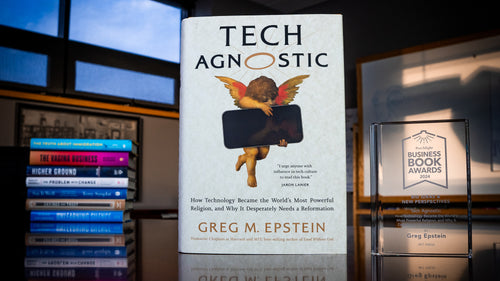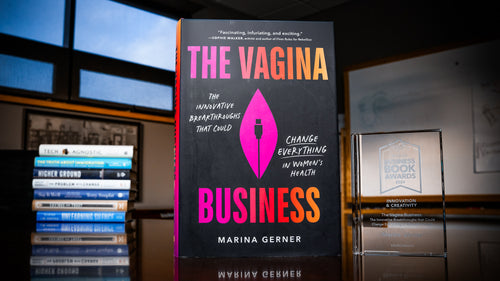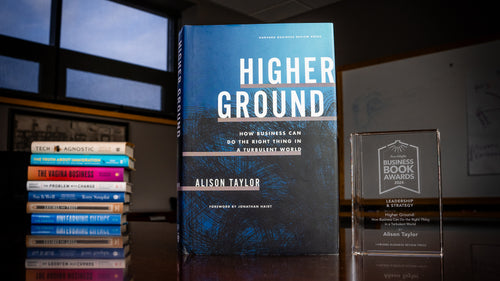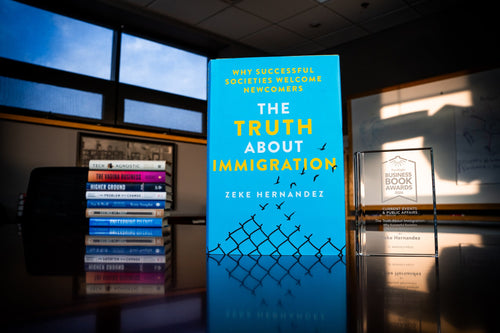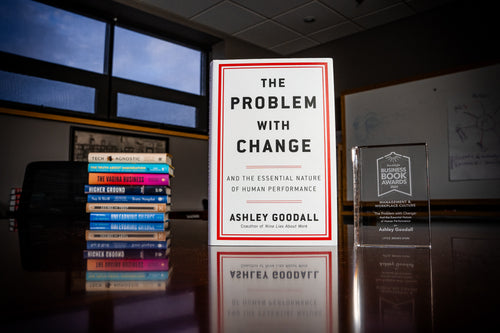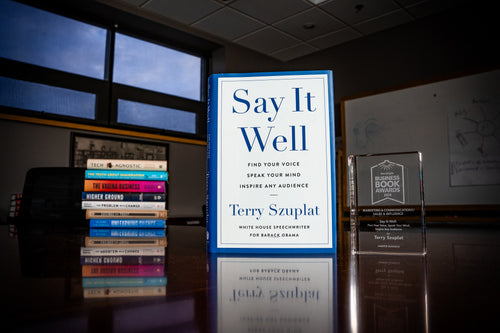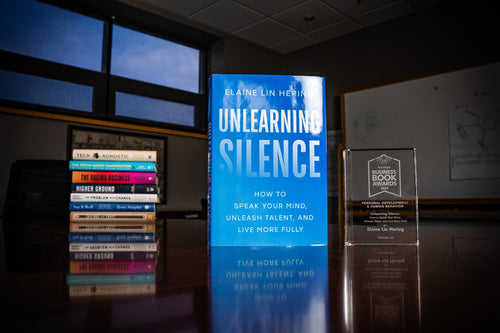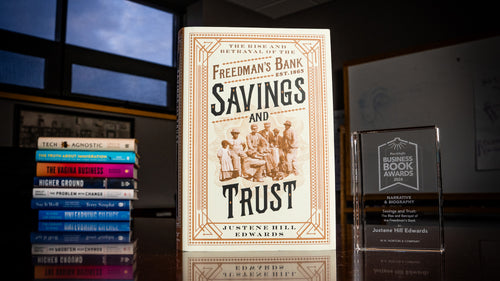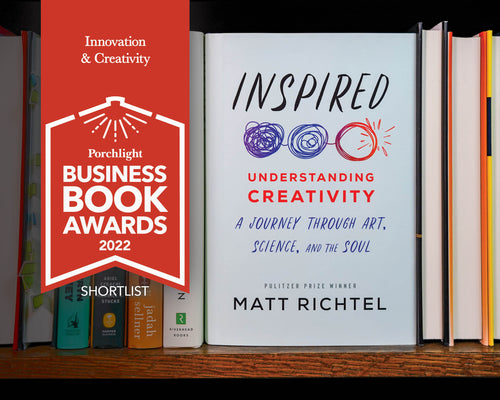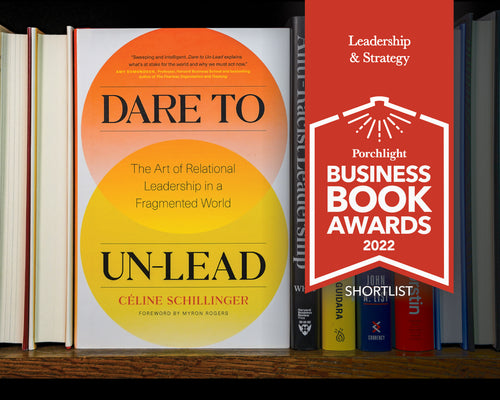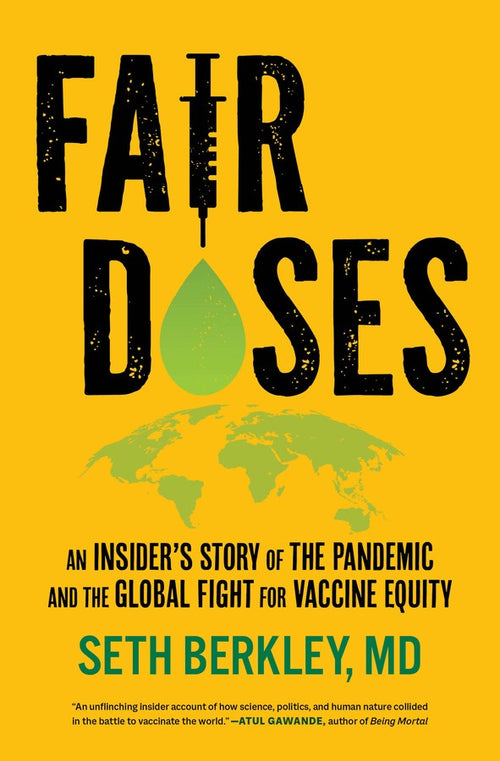Transformative Negotiation | An Excerpt from the Big Ideas & New Perspectives Category
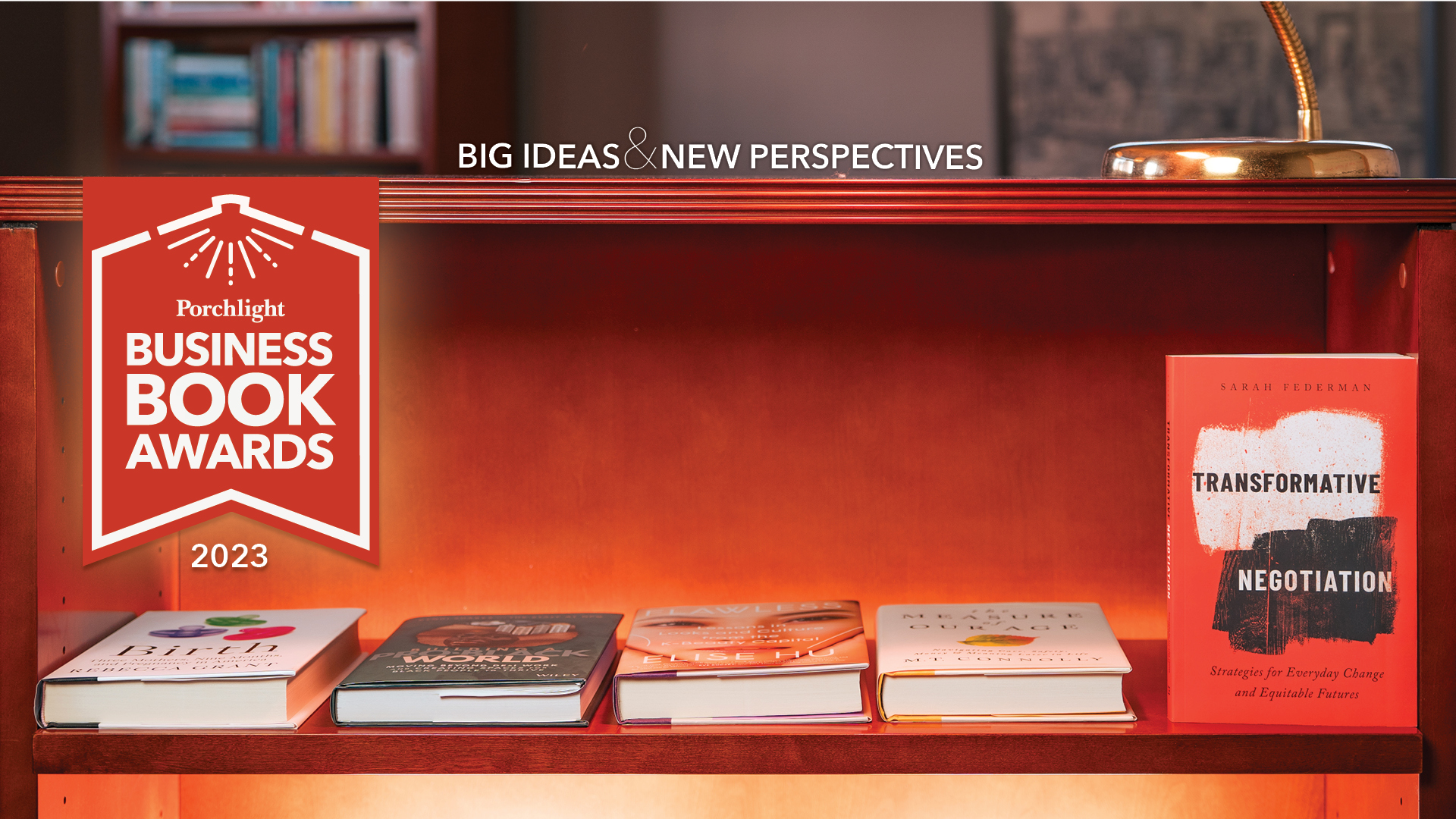
THE WIN-WIN-WIN APPROACH
The “win-win” approach to negotiation was introduced in Roger Fisher and William Ury’s 1981 classic Getting to Yes. The seminal book has helped millions of people shift away from a win-lose approach to negotiation and toward mutually satisfying agreements that enhance relationships. The best negotiators, they say, find ways for all parties to achieve their goals. Those trained in this school of negotiation learn how to clarify their needs, understand the other party’s needs, and work on creative solutions that address all concerns.
By discouraging harm to others for our own gain, a win-win approach deters Machiavellian-style leadership. This approach, however, attends to the interests only of the signatories, not of those who live out the consequences of the agreement. Take, for example, a construction company and a municipal government agreeing to a hydroelectric dam project. They leave the meeting thrilled with the new contract. But what about the Indigenous community soon to be forcibly relocated because of this agreement?1 Is it a win for them? Did they have a voice?
Anyone from an under-resourced community can find further examples. In Baltimore, such exclusion from negotiation happened to Poppleton, a community with roots three generations deep. In 2021, the city and a development company sought to take 160 homes by eminent domain. The community circulated a petition saying that any revitalization project “must include the voices of and resources for all remaining residents.”2 Their unity and powerful campaign successfully challenged any so-called win that would harm them.
Shifting to a “win-win-win” approach offers another way forward. William Ury nods to the idea when he encourages readers to think about “the larger whole—the family, the workplace, the nation and even the world.”3 Transformative Negotiation shows us how we can do this and argues that personal fulfillment cannot be attained without this concern for the larger whole. A win-win-win model requires paying attention to those usually not at the negotiating table. In Baltimore, this means those living in zip codes where young men do not plan to see thirty, where mothers wait twenty years for the return of their imprisoned sons, and where many pray their addictions will not win them back.
The work of Baltimore native and renowned justice theoretician John Rawls supports this idea. Rawls employed the concept of a “veil of ignorance,” asking us to consider: Would we be willing to be anyone affected by a given decision?4 Let’s say you wake up the day after your negotiation and find yourself in the body of someone excluded from but subjected to your deal. Would you still consider it a good arrangement? If not, you may want to rethink the plan. This simple exercise provides a morality test for all negotiations and even larger social problems. Justice advocate Bryan Stevenson says that we can evaluate the morality of an entire community this way: “You judge the character of a society not by how they treat their rich and the powerful and the privileged, but by how they treat the poor, the condemned, the incarcerated.”5
This holistic approach to negotiation is not just a Candyland fantasy, but likely the only mindset suitable for leaders addressing our climate crisis, the expansion of authoritarian regimes, the opioid epidemic fueled by Big Pharma, and other ongoing structures of oppression. The advent of nuclear weapons taught us that win-lose can destroy us all. Today’s crises show us that allowing elites to reap profits at the planet’s (and its inhabitants’) expense can also destroy us.
THE URGENCY
For individuals in precarity, the stakes could not be higher. Negotiation skills help them find shelter, avoid violent altercations, and convince loved ones to seek help for addictions. Parents and elders can influence youth to avoid the temptations of street life and practice safe sex. BIPOC parents can teach their children how to negotiate (or avoid negotiating) with police. For the ill and their caregivers, negotiation savvy can be a matter of life or death. Getting the right care in a stressed medical system requires persistence and vigilance, especially for those with reduced access to the system.
By placing these negotiations centrally, this book responds to the widening gap between rich and poor. Whether you define the middle class by level of education, violence, or financial precarity, the middle class is shrinking.6 Psychologist Keith Payne calls this our “broken ladder,” affecting everything from a family’s economic situation to their physical and emotional health, as well as their trust in the government and its associated agencies. When people feel poor, they make riskier life decisions.7
Getting into the middle class can be nearly impossible for those facing structural barriers. University of Chicago professor Reuben Miller studied the post-incarceration lives of 250 incarcerated individuals and their families.8 Many end up homeless because they cannot qualify for public housing, and staying with family could result in everyone’s eviction. Even when they find shelter, court fees undercut efforts to pay for food and rent. Families step in to pay these costs, further impoverishing themselves and the whole community. Sarah Halpern-Meekin writes about the resulting “social poverty,” defined by transitory relationships and more generalized isolation.9 Many scholars and practitioners articulate the cages that keep people locked out of prosperous living. Using negotiation, this book charts an escape plan, aiming to knock down a piece of the wall on the way out so that the next person can get through more easily. Little by little, we grow the middle class.
Excerpted from Transformative Negotiation: Strategies for Everyday Change and Equitable Futures. Copyright © 2023 by Sarah Federman. Published by University of California Press. All Right Reserved.
Endnotes
1. Niezen, Defending the Land: Sovereignty and Forest Life in James Bay Cree Society.
2. Organize Poppleton, “Save Our Block in Poppleton, Baltimore.”
3. Ury, Getting to Yes with Yourself (And Other Worthy Opponents). John Elkington’s “Towards the Sustainable Corporation” (1994) also encourages a win-win-win negotiation approach to balance the needs of customers, companies, and the environment.
4. Rawls, A Theory of Justice: Original Edition.
5. Stevenson, We Need to Talk about Injustice, 16:20.
6. Pressman, “The Decline of the Middle Class: An International Perspective.”
7. Payne, The Broken Ladder: How Inequality Affects the Way We Think, Live, and Die.
8. Miller, Halfway Home: Race, Punishment, and the Afterlife of Mass Incarceration.
9. Halpern-Meekin, Social Poverty: Low-Income Parents and the Struggle for Family and Community Ties.

